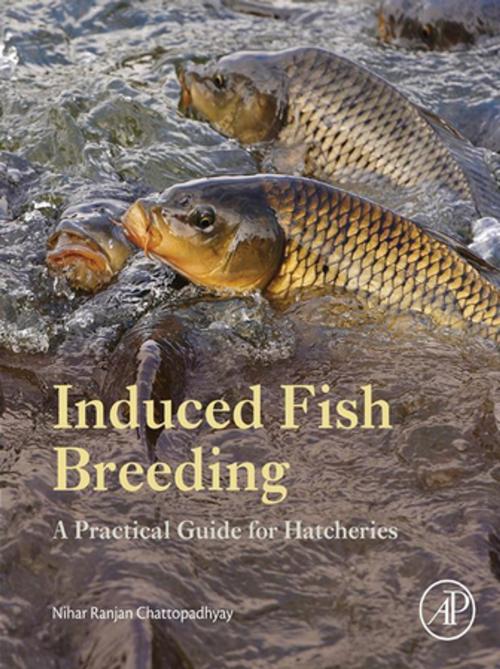Induced Fish Breeding
A Practical Guide for Hatcheries
Nonfiction, Science & Nature, Technology, Fisheries & Aquaculture| Author: | Nihar Ranjan Chattopadhyay | ISBN: | 9780128018477 |
| Publisher: | Elsevier Science | Publication: | October 19, 2016 |
| Imprint: | Academic Press | Language: | English |
| Author: | Nihar Ranjan Chattopadhyay |
| ISBN: | 9780128018477 |
| Publisher: | Elsevier Science |
| Publication: | October 19, 2016 |
| Imprint: | Academic Press |
| Language: | English |
Induced Fish Breeding: A Practical Guide for Hatcheries takes a successive approach to explaining the use of breeding technology with proven scientific methods. It provides real-life examples for the purpose of maximizing fish and seed production to support overall sustainability in aquaculture. It is a concise reference to understanding the latest developments in the field, useful for anyone who is involved in fisheries or hatchery management as well as researchers and students who need to understand the technology.
A practice originally developed to produce quality seed in captivity, induced breeding has made great strides in fish populations for India. The book offers a practical and succinct overview—from existing methods and operations to recent trends and their impacts on aquaculture for the future.
- Provides detailed information about empirical breeding practices like mixed spawning and indiscriminate hybridization
- Presents the environmental and hormonal influence on maturation and spawning of fish with real-life fish breeding examples from around the world
- Includes step-by-step scientific measures to help solve problems arising from common fish-farming mistakes
- Provides real-life examples for the purpose of maximizing fish and seed production to support overall sustainability in aquaculture
Induced Fish Breeding: A Practical Guide for Hatcheries takes a successive approach to explaining the use of breeding technology with proven scientific methods. It provides real-life examples for the purpose of maximizing fish and seed production to support overall sustainability in aquaculture. It is a concise reference to understanding the latest developments in the field, useful for anyone who is involved in fisheries or hatchery management as well as researchers and students who need to understand the technology.
A practice originally developed to produce quality seed in captivity, induced breeding has made great strides in fish populations for India. The book offers a practical and succinct overview—from existing methods and operations to recent trends and their impacts on aquaculture for the future.
- Provides detailed information about empirical breeding practices like mixed spawning and indiscriminate hybridization
- Presents the environmental and hormonal influence on maturation and spawning of fish with real-life fish breeding examples from around the world
- Includes step-by-step scientific measures to help solve problems arising from common fish-farming mistakes
- Provides real-life examples for the purpose of maximizing fish and seed production to support overall sustainability in aquaculture















